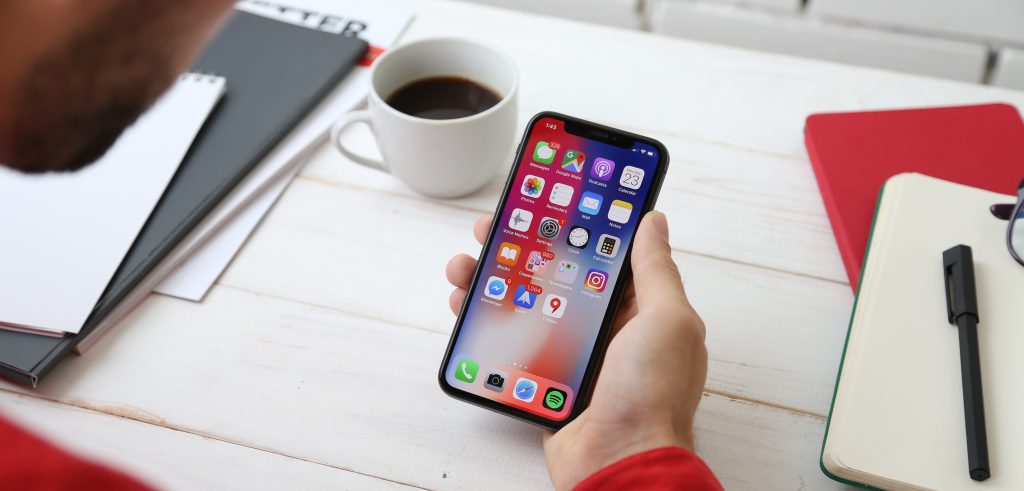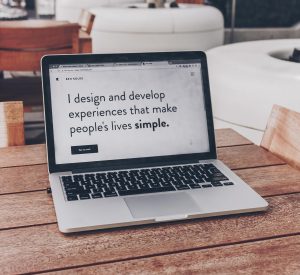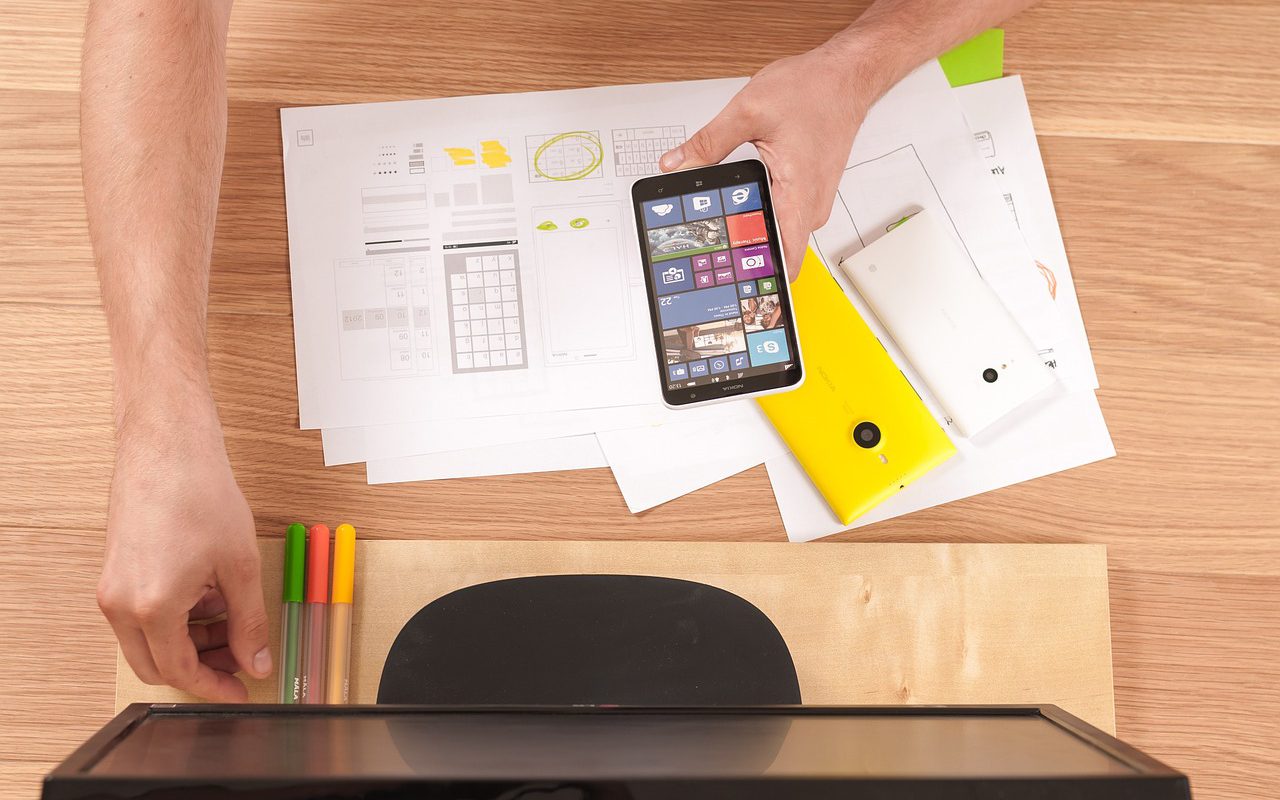Apps and games for smartphones are a dime a dozen and even cheaper with a few microtransactions, ads, and so on. Because of this, there is a demand for appealing graphics in mobile apps. Here is what to watch out for, though.
Understand the Setting
If you are only used to designing apps and programs for desktop computers, this might present a bit of a challenge. You need to understand the medium and its limitations. Navigation, settings, and user experience are completely different. While the strong visuals are more than appealing, you need to take into account the machine’s processing power and its battery life. Making something too demanding might not even work and if it does, it might fry the phone.

Different Devices
There are various tablets and phones that may run the same app, but they might do it very differently. Consider, if you will, the problems that arise from the completely different framework in Apple and Google products. So, unless you are willing to tweak each individual version of the app until they run almost completely the same, you need to find a better solution.
What to Do?

Keep it simple. Lighten the load the mobile device has to take on by employing minimalistic designs and making up for it with fast movement. In the case of complex apps that provide users with a myriad of options, your best bet is to use something along the lines of progressive disclosure. That way, the device doesn’t have the same stress as it normally would.
There is also the option where you don’t take on a large task, but several smaller ones. For example, step-by-step account creation is much easier to process than one big form. Not only that, but such a setting is user-friendly, due to the fact that it is dynamic.
Autocomplete Is Your Friend
Autocomplete is one of the features that are often overlooked, but it saves a lot of time and hassle. Sure, sometimes it gets things wrong, but most of the time, it provides some interesting suggestions that you can follow up on. While we’re on the subject of forms, providing users with examples in the field increases their level of understanding the information required.
Data and Wi-Fi
Some of the most frustrating moments with using apps occur when we realize we don’t have enough data to support what the app wants from us. Either that, or we get charged a ridiculous amount of money to stay connected. When designing a mobile app, you need to take into account how much data it needs to process the user’s requests. Can your app run offline? If not, how can you minimize the cost of the data?

Simple Visuals
One of the things that keep the app simple and light on the RAM and data is the simplicity of visuals. For example, I use an app to determine my bus schedule. I was always impressed with how minimal the information is and that I was always able to download the schedule even when my signal was terrible which is, let’s face it, one of the times you need to know how to get out the most. Simple visuals, like legible text, usage of color for contrast and proper spacing can save you a lot of hassle.




